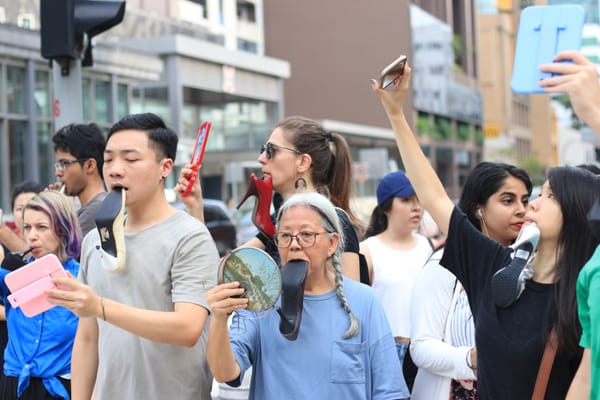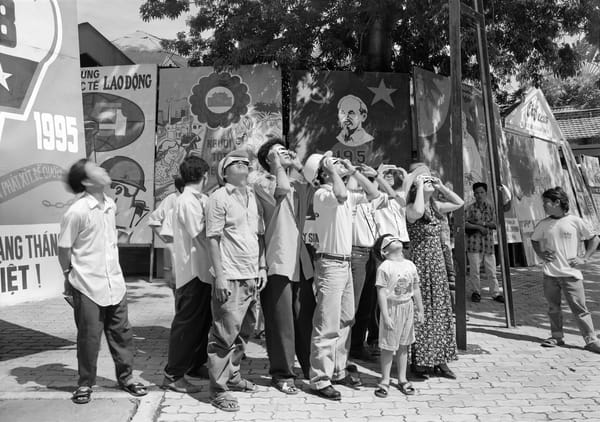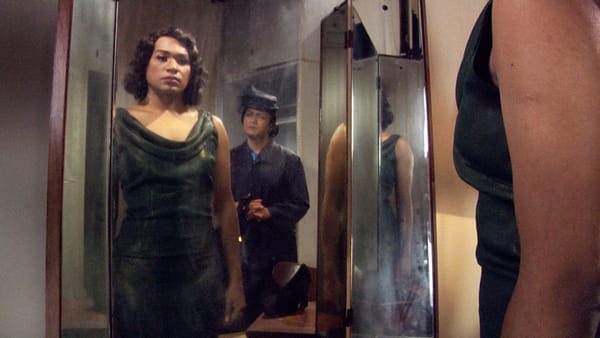Issue
From Market to Meaning: Reclaiming the Soul of Art

In 2011, I spent three days with Jeff Koons during the installation of one of his major sculptures, Sacred Heart (1994–2007), in Seoul. I noticed he always used the word “object” when referring to his work. At one point, I asked him, “Why do you call your work an object?” He smiled and said, “Because the work is complete the moment I imagine it. What you see is just the object—a representation. The real work is what happens between you and it.” That brief exchange stayed with me. It made me wonder: in a world where so much art has become product, what happens to everything else?
As someone who has run a gallery for over 20 years and now leads a tech company aimed at increasing transparency in the art market,
I have witnessed the evolution—and erosion—of how art is valued. What used to be a fragile interplay between artist, idea, and audience has hardened into a system optimized for investment, speculation, and brand alignment. In today’s global art economy, fairs outweigh exhibitions, collectors outrank critics, and visibility often trumps vision.







